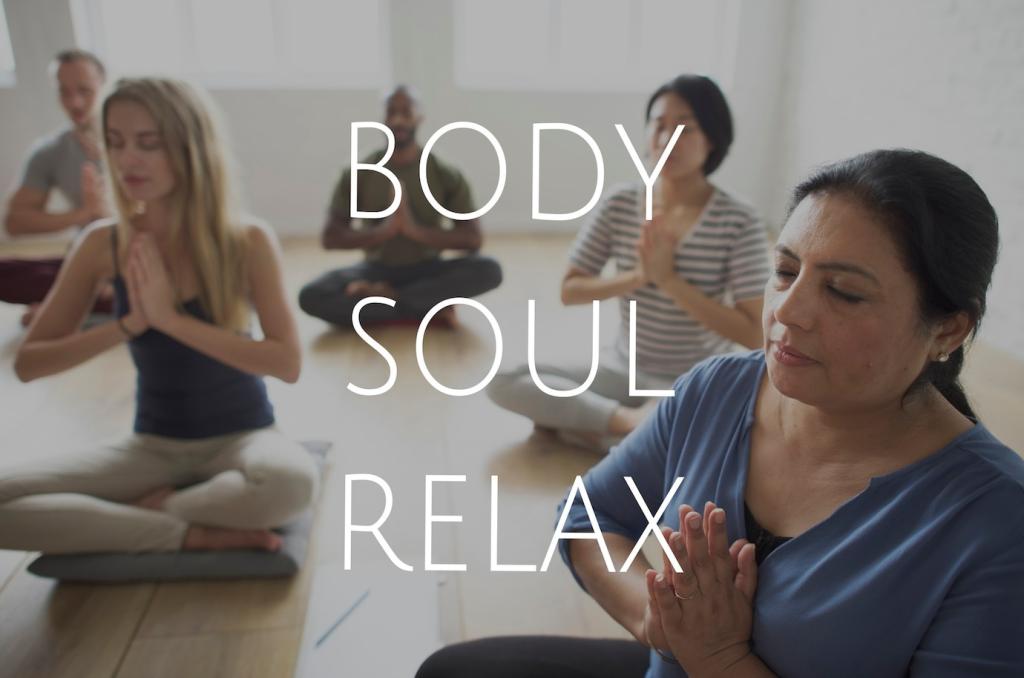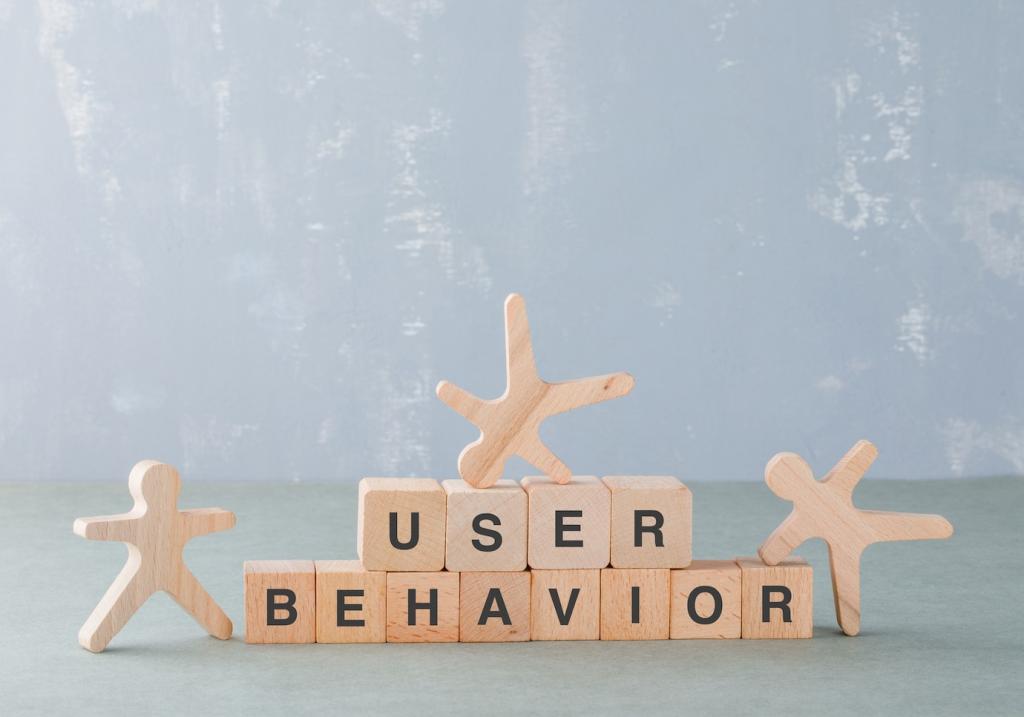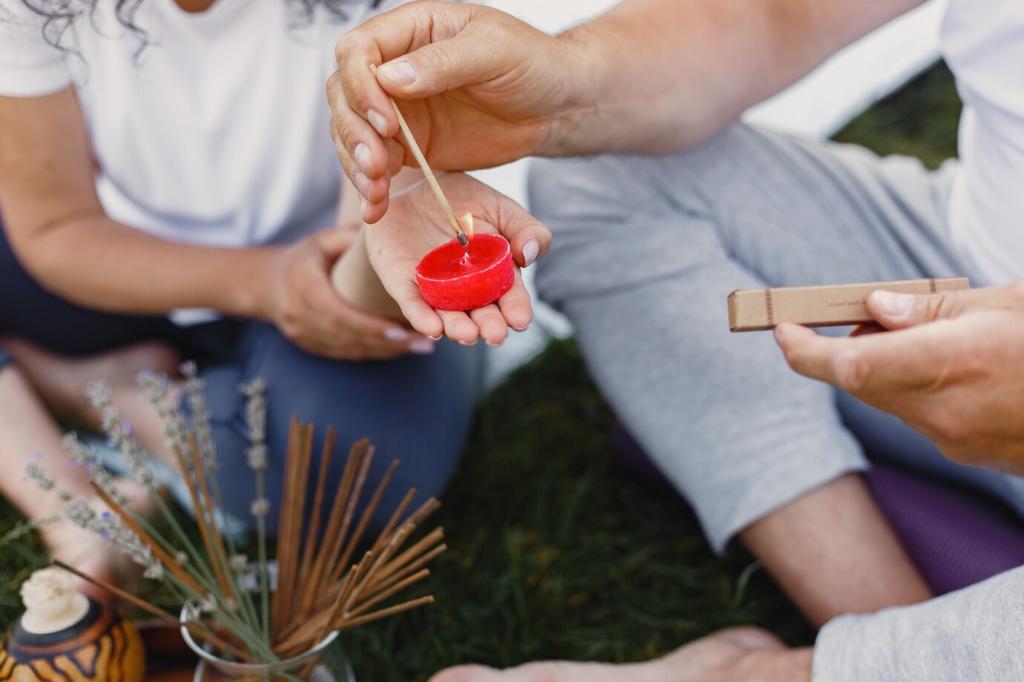Finding Inner Peace: A Step-by-Step Guide
Chosen theme: Finding Inner Peace: A Step-by-Step Guide. Welcome to your calm corner on the internet, where gentle, practical steps help you exhale, focus, and build a life that feels spacious. Subscribe and leave a comment about what peace means to you today.
Begin with Breath: Calm Starts Here
01
Sit upright, soften your shoulders, and exhale fully. Inhale for four counts, hold for four, exhale for four, hold for four. Repeat five gentle rounds. This pattern signals safety to your nervous system and steadies attention quickly. Comment with a word that describes how you feel afterward.
02
Place awareness in your feet, your seat, and the cool air at your nostrils. When thoughts wander, silently label it “thinking,” then escort attention back to sensation. This simple practice reduces rumination. Share where you felt the strongest anchor today—feet, breath, or posture.
03
Choose two times—perhaps 10:30 AM and 3:30 PM—to pause for one minute of breathwork. Use a neutral chime and honor the appointment like a meeting. Momentum grows from consistency. Subscribe for weekly reminders and new micro-practices you can stack onto these moments.
Declutter Your Mind: A Gentle Journaling Flow

The Three-Column Thought Release
Divide a page into three columns: “What I’m thinking,” “What’s actually true,” and “My next tiny step.” Empty your mind into the first column, challenge distortions in the second, and choose one doable action in the third. Post your tiny step to keep yourself gently accountable.

Evening Gratitude and Letting Go
Before bed, list three gratitudes, one lesson, and one thing you’ll release until tomorrow. This resets perspective and closes mental tabs. Over time, the brain begins scanning for good by default, reducing stress reactivity. Invite a friend to join you for mutual encouragement.

Name Your Feeling, Then Your Need
Write one sentence that starts with “I feel…” followed by a clear need: rest, reassurance, collaboration, or space. Feelings clarify needs, and needs point toward peaceful choices. Share one feeling-need pair in the comments to inspire someone else’s evening check-in ritual.


Boundaries as a Love Language
When a request arrives, use a pause phrase: “Let me check my calendar and get back to you.” This buys clarity, prevents reflexive yeses, and invites thoughtful choices. Try it three times this week and report how it changed your stress levels in daily situations.
Boundaries as a Love Language
Pick two focused blocks daily. Silence notifications, close extra tabs, and set an auto-reply for that window. Tell teammates when you are reachable afterward. Predictable availability reduces anxiety for everyone. Share your chosen blocks, and we’ll cheer you on as you defend your peaceful time.
Micro-Habits That Make Peace Stick
Shrink any calming practice to two minutes: two breaths, two stretches, or two lines of journaling. Starting tiny beats waiting for motivation. Success teaches your brain that calm is doable now, not someday. Share which two-minute habit you started and how it changed your morning mood.

Reconnect with Body and Nature
Leave your phone behind and walk slowly, noticing three colors, three textures, and three sounds. Match steps to a steady breath. This sensory scan anchors you in the present and softens mental noise. Share the most surprising detail your walk revealed today.







